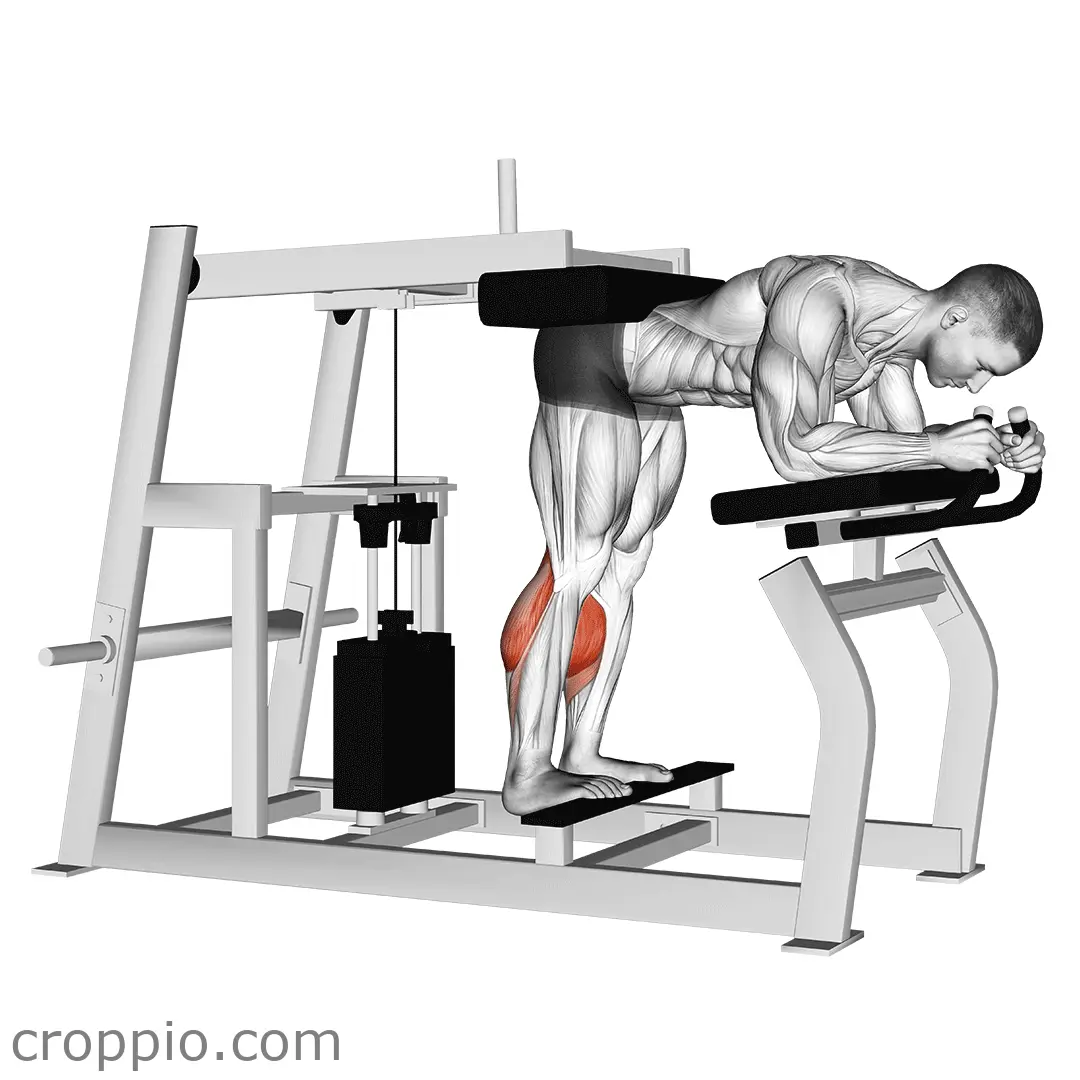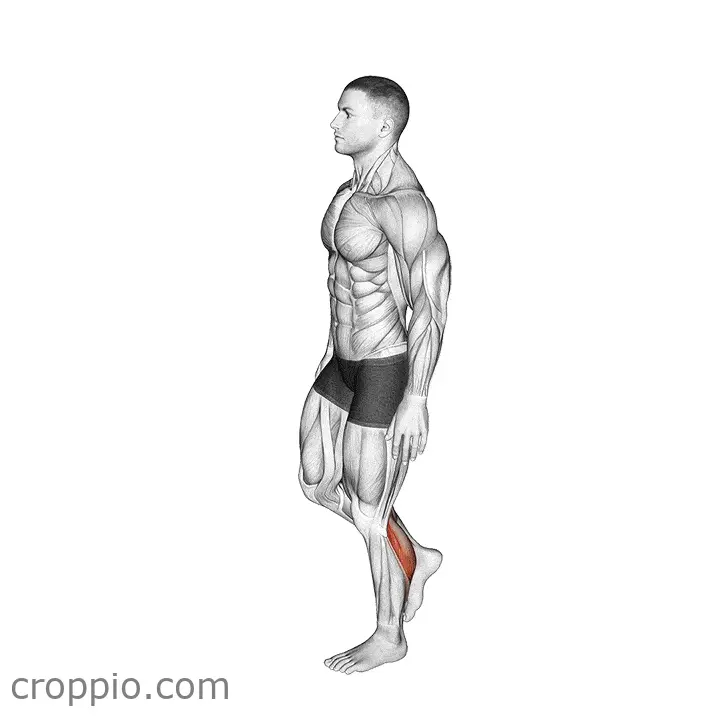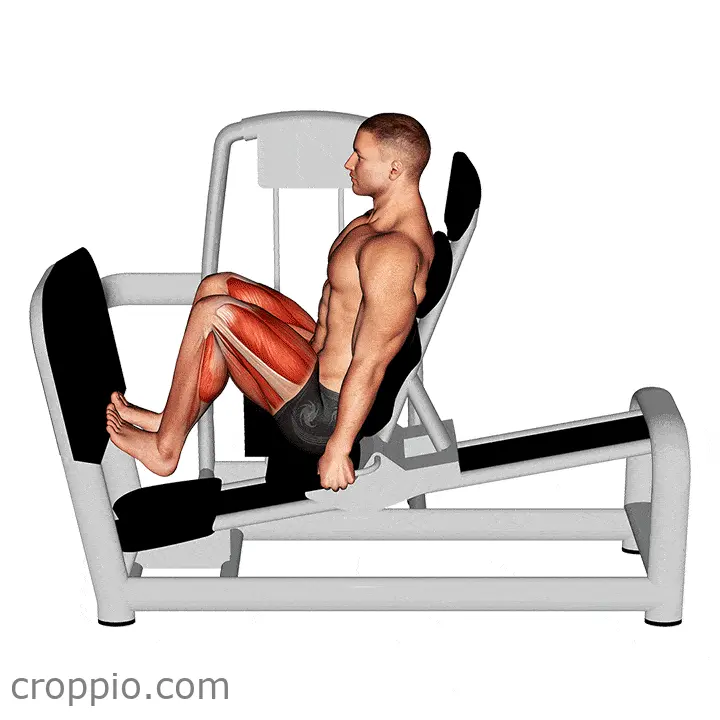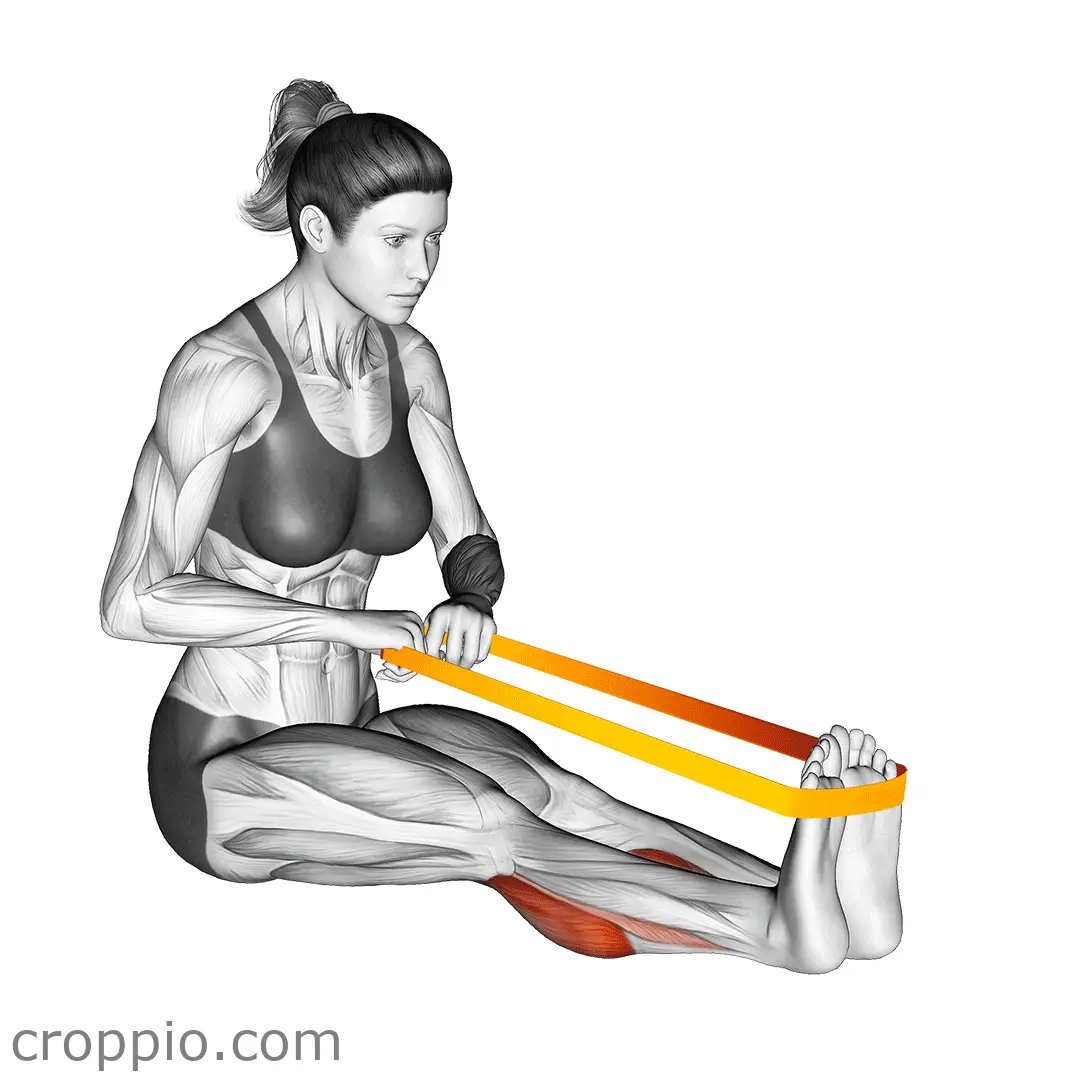Squat To Calf Raise
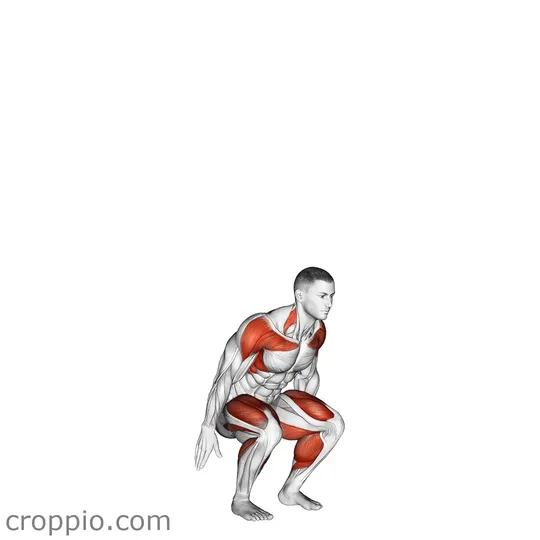
Muscles Involved
The squat to calf raise is a compound exercise that effectively targets a variety of muscle groups. The primary muscles involved include the quadriceps and hamstrings, which are crucial for the squatting motion. The gluteus maximus also plays a significant role, providing power and stability. As one transitions into the calf raise, the gastrocnemius and soleus muscles of the calves become the primary focus, allowing for a thorough lower body workout. Additionally, secondary muscles such as the hip flexors, core, and even the lower back engage to maintain stability and proper posture throughout the movement.
Top Mistakes
- Not Squatting Deep Enough: Failing to drop below parallel limits muscle engagement.
- Lifting Heels Off the Ground Preemptively: Rising onto the toes too soon can destabilize the movement.
- Incorrect Knee Alignment: Allowing knees to cave in or extend past toes can lead to injury.
- Rounding the Back: Maintaining poor form can strain the spine during both the squat and the rise.
Execution Tips
- Stance: Stand with feet shoulder-width apart and toes slightly pointed outward.
- Squatting Motion: Push your hips back and bend your knees while keeping your chest up and back straight.
- Depth: Aim to squat to at least parallel, ensuring your thighs are level with the floor.
- Calf Raise Transition: Once in the squat position, press through your heels and rise onto your toes, extending your calves fully.
- Controlled Movement: Perform the up and down motions slowly to maximize muscle engagement and reduce risk of injury.
Workouts
Incorporate the squat to calf raise into your lower body routine by aiming for 3-4 sets of 10-15 repetitions. If you're looking to enhance intensity, you can add weights through dumbbells or a barbell held at shoulder level. For a balanced workout, combine this exercise with lunges, leg presses, or deadlifts. This ensures a comprehensive targeting of the lower body while promoting strength and flexibility. Alternatively, consider pairing it with upper body movements like push-ups or bench presses for a full-body workout experience.
Conclusion
The squat to calf raise is an efficient exercise that not only builds strength in the lower body but also improves mobility and stability. By engaging multiple muscle groups and promoting functional movement patterns, this exercise can enhance athletic performance and assist in everyday activities, making it a valuable addition to any fitness regimen. Regular practice can lead to improved balance, coordination, and muscular endurance, offering a multitude of benefits in one fluid motion.
